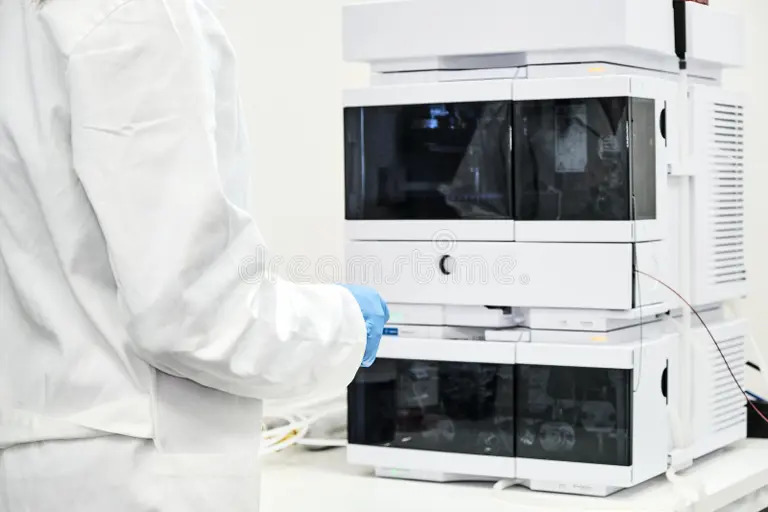| Categories: |
|---|
Estimated reading time: 2 minutes
Chemical standards are appropriate for human drinking water sources, but generally not for non-potable waters supporting fish and wildlife. This is because water chemistry is highly variable, measurements are isolated in time and space, and point measures are difficult to interpret as suitable for fish and wildlife. Biological-based standards of water quality are more appropriate because the presence of aquatic organisms reflect water quality integrated over time and space.
Biological water quality measures have been of interest to environmental scientists and regulators for about 40 years. In the 1970s the EPA proposed a Rapid Bioassessment Protocol (RBP) while other federal agencies and academics offered different approaches (e.g., the US Fish & Wildlife Services’ Habitat Suitability Index, HSI). Proposed biological water quality standards use diversity indices, indices of biotic integrity, and EPT ratios (the relative number of individuals in three orders of aquatic insects, a taxonomic level three times removed from that of species). These efforts have not won broad adoption because they do not capture sufficient environmental and geomorphological variability and they remain difficult to interpret and compare among sites, times, and collecting techniques.
Comparison of natural animal assemblages in flowing water ecosystems with human economic systems helps us understand the issues and problems. Ecologists categorize plants as producers and animals as consumers. However, the currency of natural systems is not goods and services but energy and nutrients. Energy and nutrients are difficult to directly measure and aggregate to meaningful information. However, aquatic organisms show the integrated and aggregated results to us by their presence, numbers, and condition. Biological indices tradtionally used for water quality standards are too simplified and lack inclusion of relevant locational information.
This work was originally published on the Applied Ecosystem Services, LLC web site at https://www.appl-ecosys.com/blog/standards-for-nonpotable-water-quality/
It is offered under the terms of the Creative Commons Attribution-NonCommercial-NoDerivatives 4.0 International license. In short, you may copy and redistribute the material in any medium or format as long as you credit Dr. Richard Shepard as the author. You may not use the material for commercial purposes, and you may not distribute modified versions.


